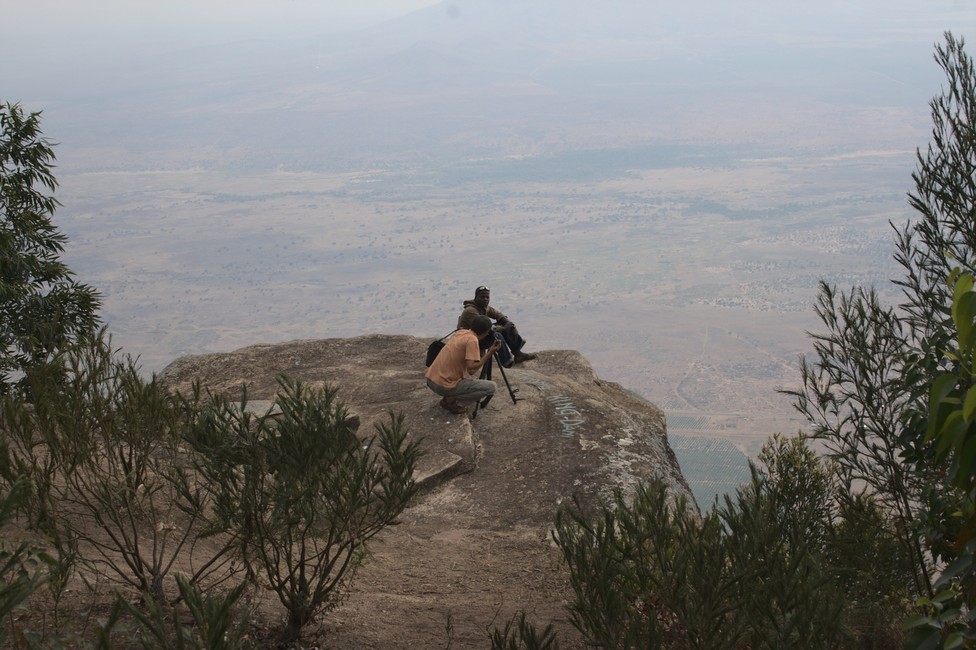Sisal Plantations: The Green Gold of Agriculture
Sisal plantations, a source of economic prosperity and ecological sustainability, have played a vital role in shaping the agricultural landscape of various regions across the world. These hardy agave plants, known for their fibrous leaves and versatile uses, have not only fueled industries but also provided insights into sustainable farming practices that respect the environment and benefit local communities.
Originating in the arid regions of Mexico, sisal (Agave sisalana) quickly captured the attention of agriculturalists and entrepreneurs due to its ability to thrive in challenging climates. The plant’s long, sword-like leaves contain strong, durable fibers that can be extracted and processed into various products, most notably twine, rope, and coarse textiles. This natural resource, often referred to as “green gold,” proved to be a valuable commodity, with growing demand across industries like shipping, construction, and agriculture.
The establishment of sisal plantations was characterized by meticulous planning and meticulous cultivation. The process typically began with selecting suitable land, preferably in semi-arid or arid regions with well-drained soil. Sisal’s resilience to drought and its minimal need for water made it a feasible option for areas where other crops struggled to survive. Once the land was secured, the planting process commenced.
Young sisal plants were carefully transplanted from nurseries into the designated plantation area. These plants required some time to establish themselves before the first leaves could be harvested. As the leaves matured, they were harvested using specialized tools designed to minimize damage and maximize the yield of fibers. The leaves were then subjected to a series of processes to extract and clean the fibers, a labor-intensive endeavor that often involved skilled workers.
Sisal fibers, once processed, were incredibly versatile. They found their way into countless industries, contributing to the construction of ships, bridges, and buildings. The strong and durable nature of sisal fibers made them ideal for use in marine ropes and nets, offering a natural alternative to synthetic materials. Moreover, sisal’s eco-friendliness and biodegradability further boosted its appeal in a world increasingly conscious of sustainable practices.
The economic impact of sisal plantations cannot be understated. Regions that embraced sisal cultivation often experienced increased employment opportunities and enhanced economic growth. Entire communities revolved around the sisal industry, with workers engaged in various stages of production, from planting and harvesting to processing and distribution. This interdependence between agriculture, industry, and local communities formed the backbone of many sisal-producing regions.
The cultivation of sisal also brought about innovative practices in agricultural management. Crop rotation, intercropping, and water conservation techniques were often employed to maintain the health of the plantation and preserve the surrounding environment. These sustainable approaches aimed to minimize soil degradation and prevent desertification, ensuring the long-term viability of sisal cultivation while respecting the fragile ecosystems in which it thrived.
Furthermore, sisal cultivation often acted as a catalyst for technology adoption. Mechanized harvesting and processing methods were introduced to streamline production and reduce labor costs. These advancements not only increased efficiency but also addressed concerns about the exploitation of manual labor. Modernization, when done responsibly, contributed to a more balanced and equitable industry.
Over time, as synthetic materials gained popularity and global markets shifted, the sisal industry faced challenges. The demand for sisal fibers experienced fluctuations, prompting producers to adapt and diversify their products. Research and development efforts explored innovative applications for sisal, including eco-friendly packaging, bioplastics, and even components for the automotive industry.
Despite the shifts in demand, sisal plantations have persisted as essential components of sustainable agriculture. They continue to exemplify the principles of utilizing local resources, promoting economic growth, and preserving the environment. In developing countries, sisal cultivation remains a lifeline for many rural communities, offering employment opportunities and stability in regions where alternatives are scarce.
Sisal plantations also hold ecological significance beyond their economic contributions. In regions with fragile ecosystems, sisal cultivation can serve as a protective barrier against soil erosion and desert encroachment. The plants’ deep roots stabilize soil, preventing degradation and preserving biodiversity. As climate change becomes an ever-pressing concern, the value of such adaptive and environmentally conscious practices becomes increasingly apparent.
In conclusion, sisal plantations stand as a testament to the intricate relationship between agriculture, industry, and sustainability. These hardy agave plants, with their resilient fibers and versatile applications, have woven themselves into the fabric of various economies and communities. From their origins in arid Mexican landscapes to their establishment in distant corners of the world, sisal plantations have demonstrated the potential of responsible agricultural practices to balance economic prosperity with ecological preservation. As societies continue to search for ways to meet their needs without compromising the planet’s health, the story of sisal remains a source of inspiration and guidance.
